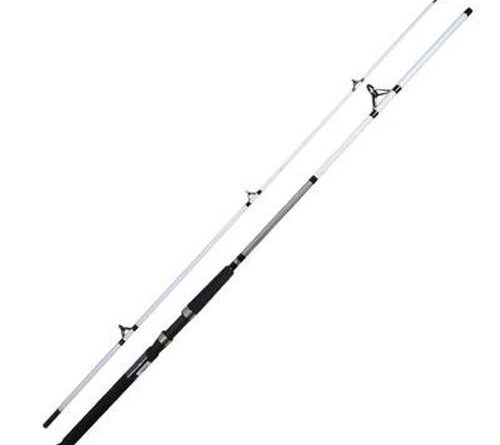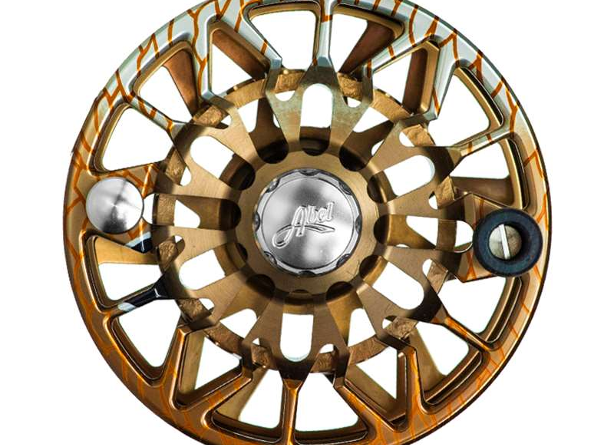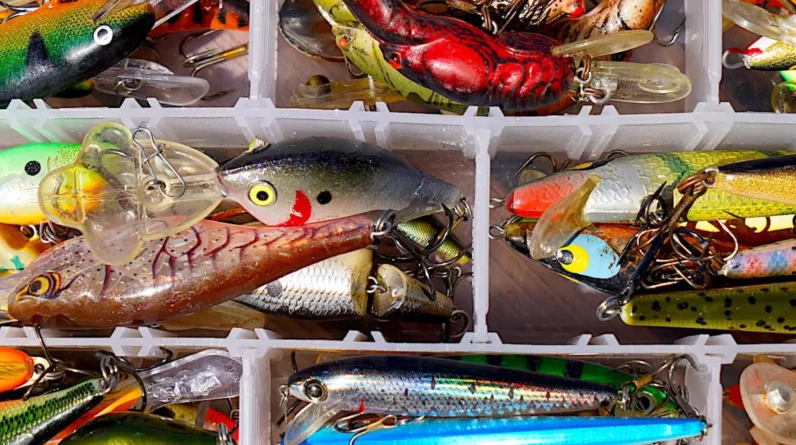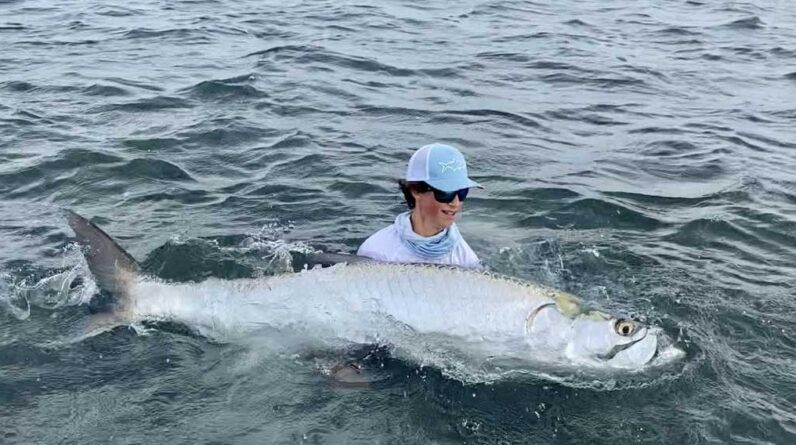Fly fishing is a beautiful and rewarding form of angling that allows you to connect with nature and challenge your skills as an angler. While it may seem daunting to beginners, with the right techniques and tips, you can quickly get started and enjoy the serene art of fly fishing. In this comprehensive guide, we’ll explore the basics of fly fishing, and essential techniques, and offer valuable tips to help beginners embark on their fly fishing journey. For more fishing tips and techniques and a wide range of fly fishing gear, visit cheerfulfisherman.com.
Understanding the Basics of Fly Fishing
Before diving into the techniques and tips, let’s establish a solid foundation by understanding the core concepts of fly fishing.
1. The Fly
In fly fishing, we don’t use traditional lures or baits. Instead, we use “flies” – artificial imitations of insects and other aquatic creatures that fish prey upon. Flies are typically made from materials like feathers, fur, and thread and are designed to mimic the appearance and movement of natural prey.
2. Casting
Fly casting is a distinct and elegant technique that sets fly fishing apart. Unlike conventional casting, where the weight of the bait or lure carries the line, in fly fishing, it’s the line itself that provides the weight to cast the fly. The key is to create a loop of line that propels the fly forward.
3. Presentation
The presentation is how you present the fly to the fish. It involves placing the fly on the water in a way that mimics the behavior of natural insects. Achieving a natural drift or movement is essential to convincing the fish to strike.
Essential Fly Fishing Techniques for Beginners
Now that we have a basic understanding, let’s delve into the key fly fishing techniques that beginners should master.
1. Fly Casting
Fly casting is the heart of fly fishing, and it takes practice to become proficient. Here are the fundamental steps to get you started:
- Grip: Hold the rod with a relaxed, comfortable grip, and keep your wrist straight.
- Backcast: Begin with the fly line laid out in front of you. Bring the rod tip backward to form a loop of line behind you.
- Forward Cast: Accelerate the rod forward, stopping abruptly when the rod tip is near eye level. This motion propels the line and fly forward.
- Timing: Achieving the right timing between the backcast and forward cast is crucial. Practice to develop a smooth, rhythmic motion.
2. Knot Tying
Knowing how to tie knots is essential in fly fishing. Learn the basic knots, such as the improved clinch knot for attaching flies to the tippet and the loop-to-loop knot for connecting the leader and fly line.
3. Reading the Water
Understanding the aquatic environment and where fish are likely to be is crucial. Look for features like riffles, pools, and seams where fish tend to hold. Observe the water’s surface for rising fish or insect activity.
4. Presentation Techniques
To present the fly naturally, consider these techniques:
- Dead Drift: Let the fly float or sink naturally with the current to mimic a dead or drifting insect.
- Strip Retrieve: Retrieve the line in short, jerky strips to mimic the movement of a fleeing baitfish or insect.
- Swinging: Cast the fly across the current and let it swing downstream, imitating an emerging insect or baitfish.
5. Hook Set
When you feel a fish strike, resist the urge to immediately set the hook. Instead, wait for a subtle pull or the feeling of the fish taking the fly deeper into its mouth, then gently lift the rod to set the hook.
6. Landing and Releasing
Once you’ve hooked a fish, use a soft landing net to safely bring it to the surface. Handle the fish with wet hands to protect its delicate scales and slime. If you’re practicing catch and release, release the fish gently back into the water.
Tips for Beginners
Here are some valuable tips to help beginner fly anglers make the most of their fly-fishing experience:
1. Take Lessons
Consider taking lessons from a certified fly fishing instructor or joining a local fly fishing club. Professional guidance can accelerate your learning curve and help you avoid common mistakes.
2. Start with the Right Gear
Invest in quality fly fishing gear, including an appropriate fly rod, reel, and line. Visit cheerfulfisherman.com for a selection of beginner-friendly fly fishing equipment.
3. Practice Casting
Regular practice is essential for improving your casting skills. Spend time practicing your casting in open areas or on the water.
4. Learn About Local Waters
If possible, research and get to know the waters you plan to fish in. Local knowledge can be invaluable in finding the best fishing spots and understanding fish behavior.
Frequently Asked Questions (FAQs)
1. What is the best time of day for fly fishing?
- Fly fishing can be productive at various times of the day, but early morning and late afternoon are often considered prime times. Fish are typically more active during these periods, especially in freshwater.
2. How do I choose the right fly for fly fishing?
- The choice of fly depends on the type of fish you’re targeting and the insects or baitfish they are feeding on. Observe the water for clues, and consult local experts or fly shops for recommendations.
3. Is fly fishing more challenging than conventional fishing?
- Fly fishing has a unique learning curve due to its casting technique, but it’s not necessarily more challenging. Some anglers find it more rewarding and engaging. It’s a matter of personal preference.
4. What should I do if I’m not getting any strikes?
- If you’re not getting strikes, try changing your fly pattern, adjusting your presentation technique, or moving to a different spot. Sometimes, minor changes can make a big difference in enticing fish to bite.
Conclusion
Fly fishing is not just a hobby; it’s an art form that allows you to immerse yourself in nature and connect with fish on a different level. As a beginner, mastering the fundamental techniques of fly casting, knot tying, and presentation will set you on the path to becoming a skilled angler. Remember to take your time, practice regularly, and enjoy the peaceful beauty of fly fishing. For a wide range of fly fishing gear and more fishing techniques, explore cheerfulfisherman.com to enhance your fly fishing adventures.







1 Comment
Comments are closed.